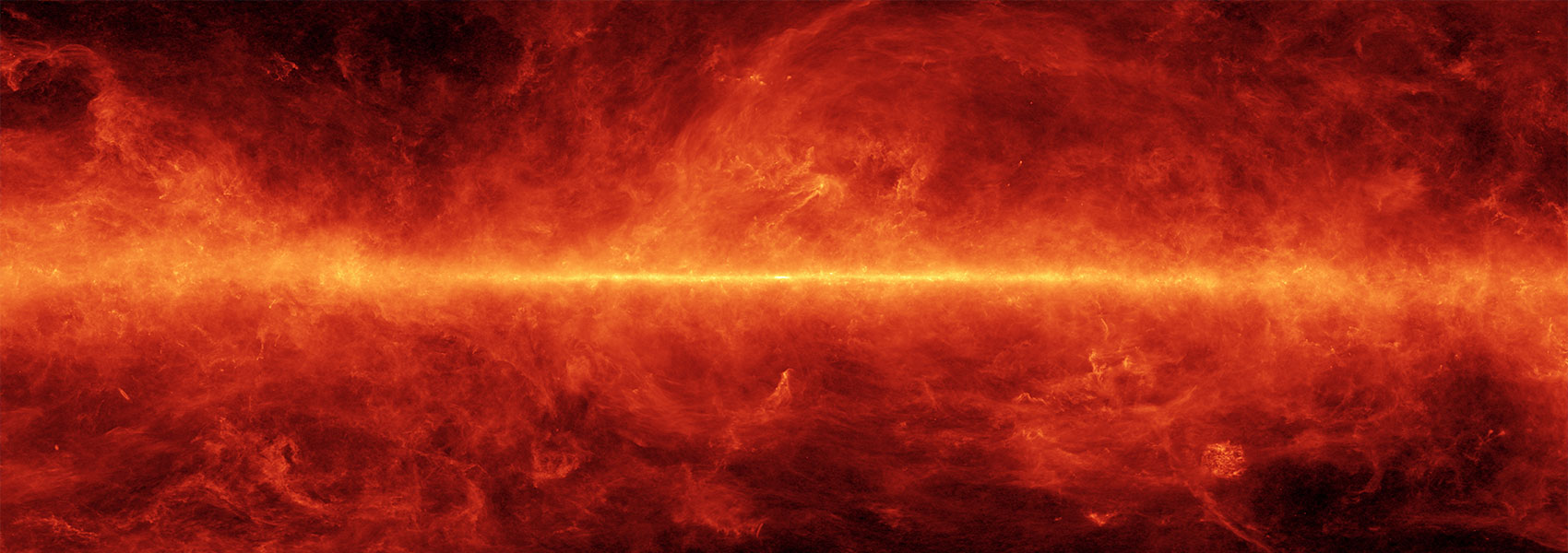January
2025
•
2025A&A...693A.235S
Authors
•
Šubjak, Ján
•
Gandolfi, Davide
•
Goffo, Elisa
•
Rapetti, David
•
Jankowski, Dawid
•
Mizuki, Toshiyuki
•
Dai, Fei
•
Serrano, Luisa M.
•
Wilson, Thomas G.
•
Goździewski, Krzysztof
•
Nowak, Grzegorz
•
Jenkins, Jon M.
•
Twicken, Joseph D.
•
Winn, Joshua N.
•
Bieryla, Allyson
•
Ciardi, David R.
•
Cochran, William D.
•
Collins, Karen A.
•
Deeg, Hans J.
•
García, Rafael A.
•
Guenther, Eike W.
•
Hatzes, Artie P.
•
Kabáth, Petr
•
Korth, Judith
•
Latham, David W.
•
Livingston, John H.
•
Lund, Michael B.
•
Mathur, Savita
•
Narita, Norio
•
Orell-Miquel, Jaume
•
Pallé, Enric
•
Persson, Carina M.
•
Redfield, Seth
•
Schwarz, Richard P.
•
Watanabe, David
•
Ziegler, Carl
Abstract
•
We report on the discovery and spectroscopic confirmation of TOI-2458 b, a transiting mini-Neptune around an F-type star leaving the main-sequence with a mass of M★ = 1.05 ± 0.03 M⊙, a radius of R★ = 1.31 ± 0.03 R⊙, an effective temperature of Teff = 6005 ± 50 K, and a metallicity of ‑0.10 ± 0.05 dex. By combining TESS photometry with high-resolution spectra acquired with the HARPS spectrograph, we found that the transiting planet has an orbital period of ‑3.74 days, a mass of Mp = 13.31 ± 0.99 M⊕ and a radius of Rp = 2.83 ± 0.20 R⊕. The host star TOI-2458 shows a short activity cycle of ~54 days revealed in the HARPS S-index and Ha times series. We took the opportunity to investigate other F stars showing activity cycle periods comparable to that of TOI-2458 and found that they have shorter rotation periods than would be expected based on the gyrochronology predictions. In addition, we determined TOI-2458's stellar inclination angle to be i* = 10.6‑10.6+13.3 degrees. We discuss that both phenomena (fast stellar rotation and planet orbit inclination) could be explained by in situ formation of a hot Jupiter interior to TOI-2458 b. It is plausible that this hot Jupiter was recently engulfed by the star. Analysis of HARPS spectra has identified the presence of another planet with a period of P = 16.55 ± 0.06 days and a minimum mass of Mp sin i = 10.22 ± 1.90 M⊕. Using dynamical stability analysis, we constrained the mass of this planet to the range Mc ≃ (10, 25) M⊕.
Links




